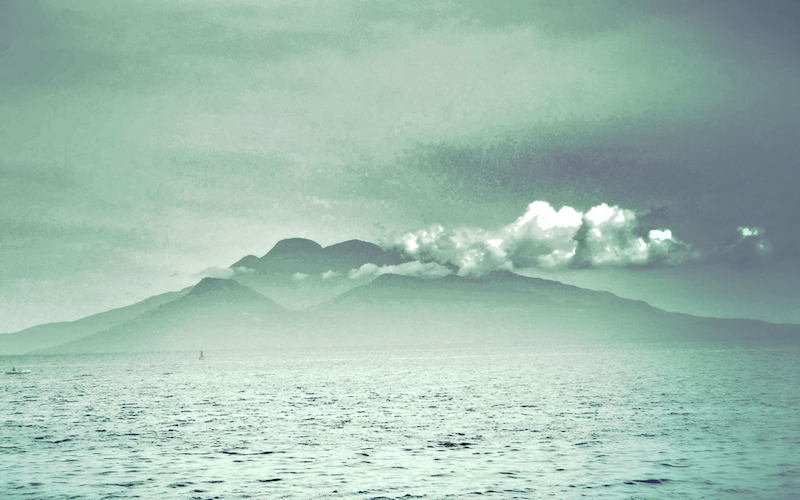
The Pacific Regional Architecture
Simply defined the term Pacific regional architecture describes Pacific integration. During the Colonial period, all Pacific Island countries were administered by Colonial Powers and some Pacific Territories still remain under these powers.
As colonies became independent states, the concept of regionalism initially developed for the reason that the Colonial powers could not administer each Colony separately due to cost of operations and they wished to maintain dominance in the region. This led to regionalism because the administration of the Colonies was cheaper to manage and would not clash with the UN processes of statehood/decolonization and its associated authorities/powers provided for under international law.
Pacific Islands countries and territories were very pleased with the idea of Pacific regionalism. To them, a regional platform would solve all their regional problems through sharing best practices and common identity, information, technical assistance, funding etc. In short, “we integrate as a Pacific Family to work together to solve our challenges” was appealing to the Islanders. However, there are pros and cons and it is high time we re-think Pacific regionalism.
It seems the Pacific regional architecture is moving away from the core purpose of the institutions like the Pacific Islands Forum and some of the other regional organizations in the Pacific. This is because of the many issues that we try to absorb and implement under the mandates of these organizations. If we recall, these organizations were initially created to enhance economic growth and empower people to be economically sustainable and self-sufficient.
Today, however, these organizations are very vast, covering a range of international issues such as transnational crimes, terrorism and regional security, arms trade, human rights, SDGs, gender, climate change, oceans, self-determination of groups of people and so forth. These issues detract from and diminish the initial purpose of Pacific regionalism.
Pacific Islanders do not wake up in the morning asking where Osama Bin Laden is or the Taliban. Our people ask where to find money to pay for their children’s school fees or food for the family etc. These are the real challenges in the Pacific Islands.
The tendency to absorb many issues into our regional integration becomes difficult in the implementation stage. Therefore we should leave most of the issues to the international organizations to deal with directly with countries in the region, and we should focus on only a few key priorities. However, this is a challenge as well, as Pacific regionalism is locked up in a dilemma between the donors who are interested in security related issues and have the capacity to fund these issues, and the Pacific Islanders whose interests relate to development related issues but yet rely on the donors to fund them. The regional architecture is therefore trending toward serving the interests of the donors and not the Pacific islanders.
The art of regionalism was meant to benefit all who are part of it rather than imposing influence on others. Pacific Islanders should think beyond this current regionalism and its state of play. Pacific Islanders must take ownership in Pacific regionalism to be able to address our development and other pressing challenges such as climate change, food security, economic empowerment, rural development, and human resources capacity building.
If Pacific Islanders remain confined in this current state of regionalism, we will continue to be slaves of the imposing system. Our pro-activeness must start now so that regionalism can meet our expected standards.
The Pacific region cannot remain the same. The 21st century is calling for new thinking on the way we engage with our partners through our regional institutions, otherwise our regional architecture will be portrayed as more post-colonial architecture.

